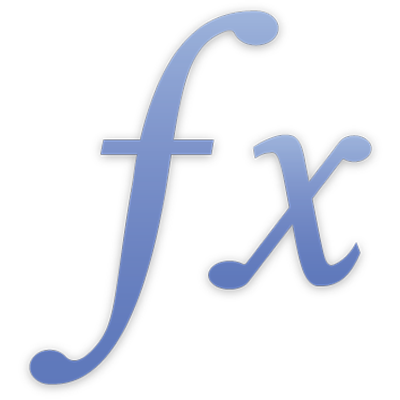Formulas and Functions Help
- Welcome
-
- ACCRINT
- ACCRINTM
- BONDDURATION
- BONDMDURATION
- COUPDAYBS
- COUPDAYS
- COUPDAYSNC
- COUPNUM
- CUMIPMT
- CUMPRINC
- CURRENCY
- CURRENCYCODE
- CURRENCYCONVERT
- CURRENCYH
- DB
- DDB
- DISC
- EFFECT
- FV
- INTRATE
- IPMT
- IRR
- ISPMT
- MIRR
- NOMINAL
- NPER
- NPV
- PMT
- PPMT
- PRICE
- PRICEDISC
- PRICEMAT
- PV
- RATE
- RECEIVED
- SLN
- STOCK
- STOCKH
- SYD
- VDB
- XIRR
- XNPV
- YIELD
- YIELDDISC
- YIELDMAT
-
- AVEDEV
- AVERAGE
- AVERAGEA
- AVERAGEIF
- AVERAGEIFS
- BETADIST
- BETAINV
- BINOMDIST
- CHIDIST
- CHIINV
- CHITEST
- CONFIDENCE
- CORREL
- COUNT
- COUNTA
- COUNTBLANK
- COUNTIF
- COUNTIFS
- COVAR
- CRITBINOM
- DEVSQ
- EXPONDIST
- FDIST
- FINV
- FORECAST
- FREQUENCY
- GAMMADIST
- GAMMAINV
- GAMMALN
- GEOMEAN
- HARMEAN
- INTERCEPT
- LARGE
- LINEST
- LOGINV
- LOGNORMDIST
- MAX
- MAXA
- MAXIFS
- MEDIAN
- MIN
- MINA
- MINIFS
- MODE
- NEGBINOMDIST
- NORMDIST
- NORMINV
- NORMSDIST
- NORMSINV
- PERCENTILE
- PERCENTRANK
- PERMUT
- POISSON
- PROB
- QUARTILE
- RANK
- SLOPE
- SMALL
- STANDARDIZE
- STDEV
- STDEVA
- STDEVP
- STDEVPA
- TDIST
- TINV
- TTEST
- VAR
- VARA
- VARP
- VARPA
- WEIBULL
- ZTEST
- Copyright

DATE
The DATE function combines separate values for year, month, and day and returns a date/time value. Although dates can usually be entered directly as strings (for example, "12/31/2010"), using the DATE function ensures the date will be interpreted consistently, regardless of the date format specified in your Language & Region settings (in System Preferences in macOS and in Settings in iOS and iPadOS), or in your Time Zone & Region settings in iCloud Settings. All arguments are number values.
DATE(year, month, day)
year: The year to include in the value returned. The value isn’t converted. If you specify 10, the year 10 is used, not the year 1910 or 2010.
month: The month to include in the value returned. month should be in the range 1 to 12.
day: The day to include in the value returned. day should be in the range 1 to the number of days in month.
Examples |
|---|
If A1 contains 2014, A2 contains 11, and A3 contains 10: =DATE(A1,A2,A3) returns Nov 10, 2014, which is displayed according to the cell’s current format. =DATE(A1,A3,A2) returns Oct 11, 2014. |